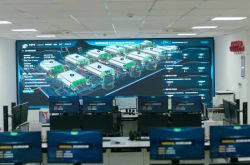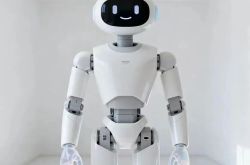Or splashing out 150 billion yuan to acquire two AI unicorns! Is Apple acquiring because it can't compete in AI?
![]() 07/16 2025
07/16 2025
![]() 491
491
One of the best opportunities for Apple's AI strategy to "break through".
At last year's WWDC, Apple proudly unveiled Apple Intelligence, striving to gain attention with "local deployment", "personalized assistants", and "privacy protection". Indeed, the initial response from frontline users and developers was enthusiastic.
But in the following six months, multiple core AI functions, including the new Siri, were continuously delayed, pouring cold water on everyone. Even at this year's WWDC held last month, the Apple Intelligence promised last year still has not been fully launched, and the new Siri has been postponed again to 2026.
But things may be about to change. According to Bloomberg and other media reports, Apple was discussing internally earlier the acquisition of AI unicorn company Perplexity, and the latest reports indicate that Apple is also seriously considering acquiring another European AI unicorn company, Mistral.
Among them, Perplexity's valuation has reached $14 billion. If Apple successfully acquires it, it will be the largest acquisition in Apple's history. Prior to this, Apple's largest acquisition was Beats for $3 billion in 2014. In comparison, although Mistral's valuation is not as high as Perplexity's, it also reached a valuation of 6 billion euros in last year's funding round.
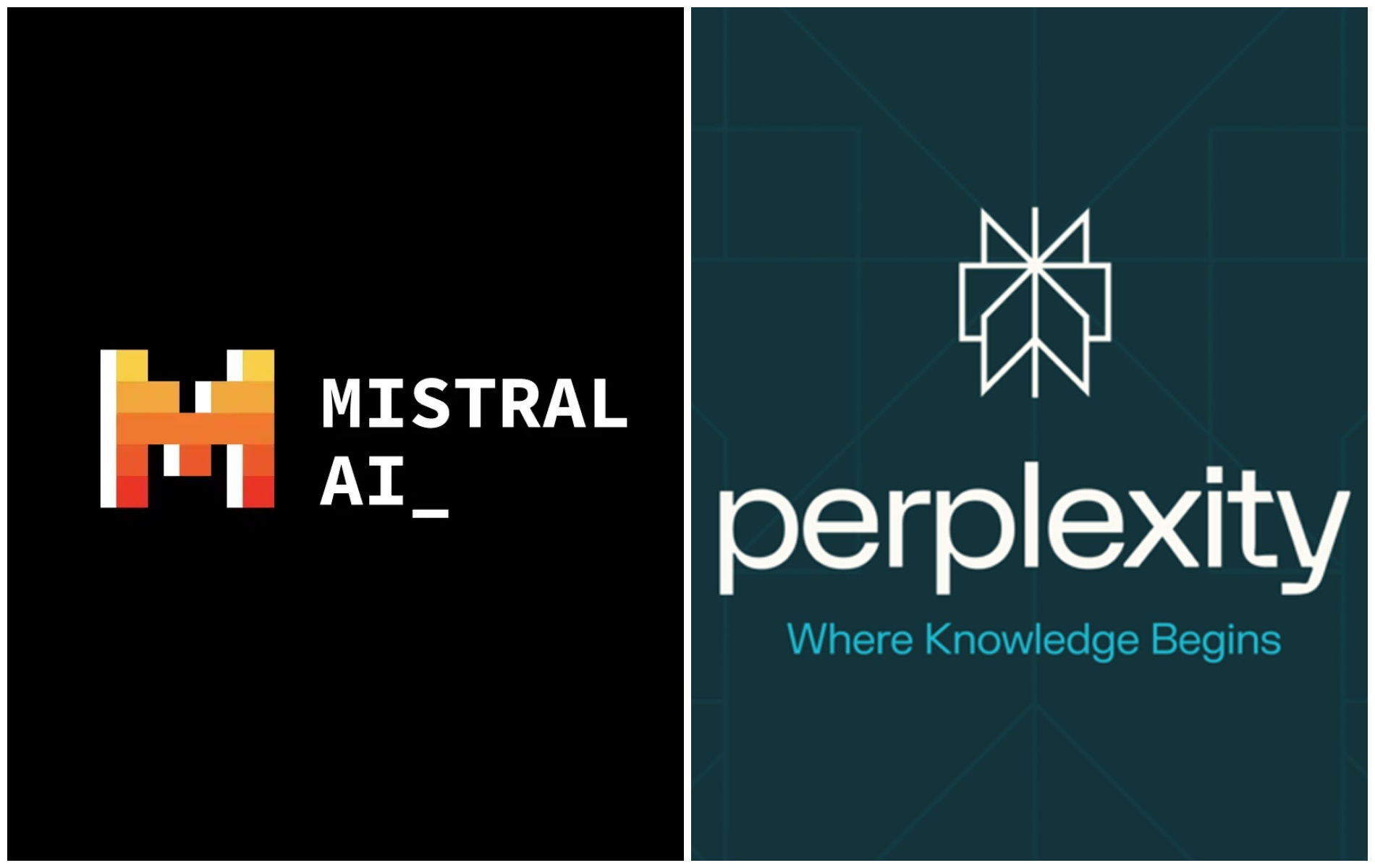
Photo/ Perplexity, Mistral
The combined valuation of Perplexity and Mistral is approximately 150 billion yuan. For Apple, which has always been extremely restrained in acquisitions, such a move is undoubtedly eye-catching. After all, Apple has not had a large-scale merger or acquisition in ten years since Beats, and has historically tended to acquire small companies rather than large ones. Now, targeting two leading AI startups at once, it seems somewhat special.
The question is, is Apple really ready to make up for its AI shortcomings through acquisitions? Can it successfully integrate external forces to truly compensate for the structural issues in its AI strategy? From the current perspective, acquiring Perplexity or Mistral is indeed one of the best opportunities for Apple's AI strategy to "break through".
Although both are classified as "AI unicorns", Perplexity and Mistral are two fundamentally very different companies: one excels in creating user-end products and has already challenged Google in the search field; the other focuses on underlying technologies, winning the favor of developers with its open-source nature and model performance. If Apple successfully acquires either of them, it will bring profound changes to Apple Intelligence from different directions.
Take Perplexity as an example. The AI search company, founded by former OpenAI and Meta engineers at the end of 2022 - a week after ChatGPT emerged, has a main product that is an AI search engine (or generative search engine) combining generative Q&A and web search. Its core concept is oriented towards "authentic sources" and "quick answers", preserving the reliability of traditional search while possessing the efficiency of AI chatbots.
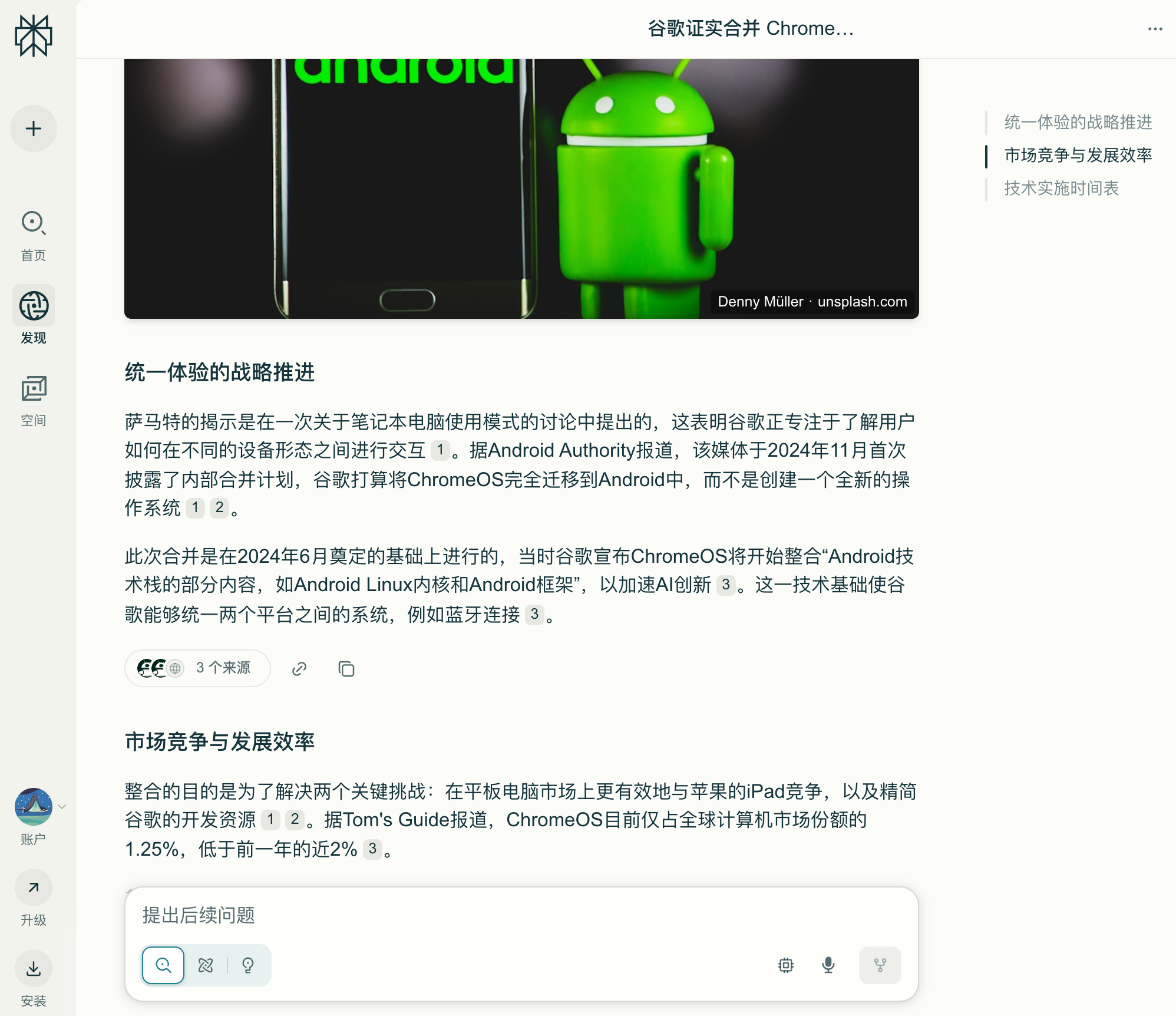
Photo/ Perplexity
In the past two years, Perplexity has attracted top investors including Nvidia, Jeff Bezos, IVP, etc. Its user base surpassed 10 million as early as the beginning of 2024, and the number of queries exceeded 780 million in May this year, making it one of the fastest-growing AI applications.
Not only in AI search, Perplexity also announced Comet, a new-generation browser featuring "AI Agent", at the beginning of this year, and officially launched it last week. It is currently temporarily open to Perplexity Max subscribers and some waitlist users.
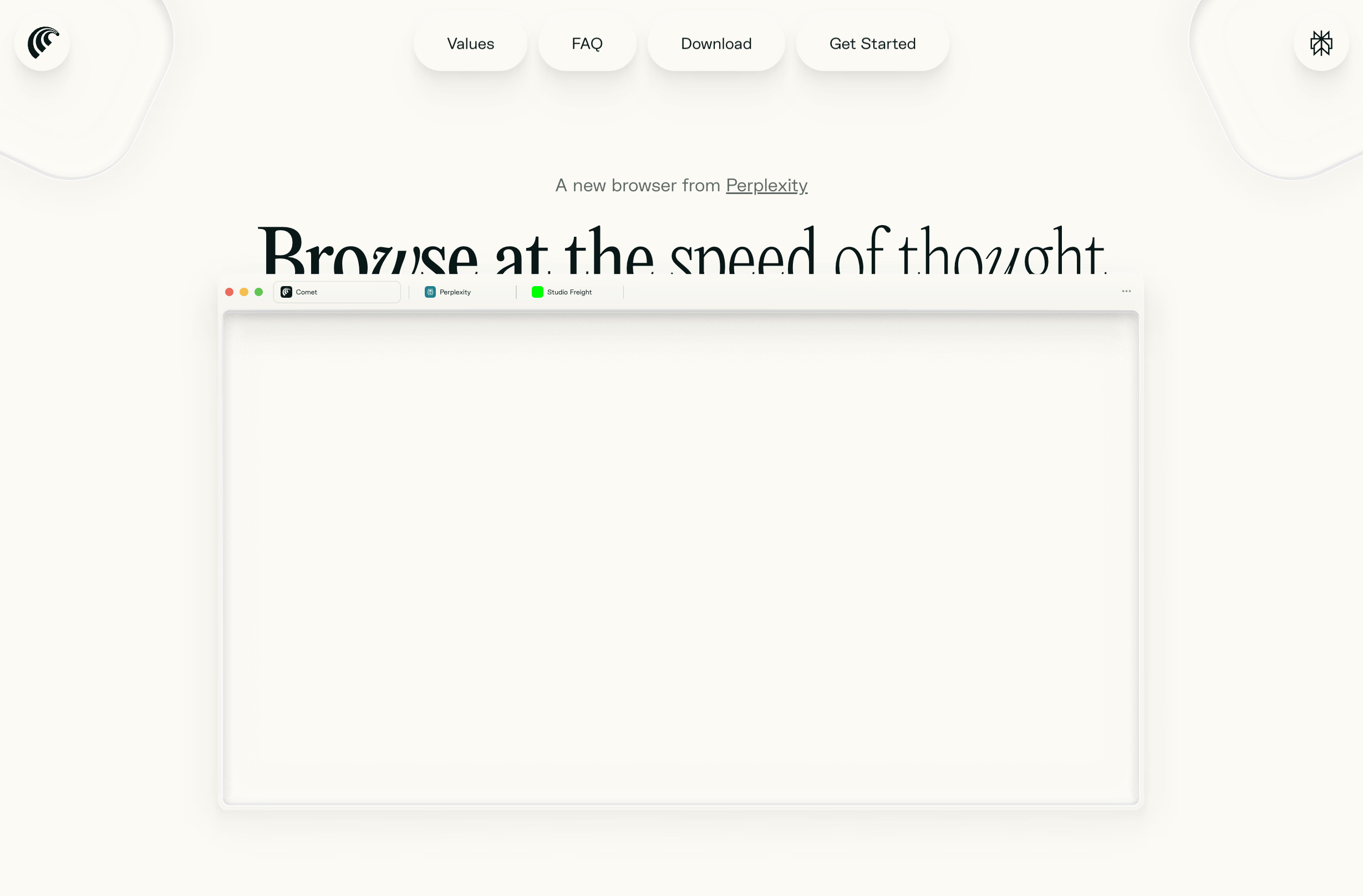
Photo/ Perplexity
If Apple ultimately chooses to acquire Perplexity, the most direct benefit is that it can provide a ChatGPT-like interactive search experience for Siri, Spotlight, and even Safari in the short term. For Apple, this will be an upgrade of the "front-end experience". Siri, which has been criticized for years as unintelligent, is expected to achieve a qualitative change in answer accuracy, context understanding, real-time performance, etc., by incorporating Perplexity's technology.
More importantly, Perplexity does not independently develop foundational large models but instead schedules and fine-tunes multiple models from OpenAI, Anthropic, and others. This means that Apple can connect Perplexity's front-end capabilities with its own Apple Intelligence models, making differentiated innovations in privacy protection, contextual continuity, system-level integration, etc.
In other words, Perplexity is a product-oriented company that can be directly "integrated into the Apple ecosystem", suitable for Apple's path of "integrative innovation" and quickly raising user perception thresholds for Siri.
In contrast, Mistral is more foundational and focuses more on engineering implementation, with its value mainly reflected in the performance and openness of its foundational models.
Headquartered in Paris, Mistral was founded by researchers from DeepMind and Meta. Unlike Perplexity, which emphasizes products and interactions, Mistral's core competitiveness lies in its models. Within less than a year of its establishment, Mistral has launched multiple open-source large models, including 7B, Mixtral 8x7B (MoE sparse model), etc., once considered one of the most powerful and optimally sized open-source models.
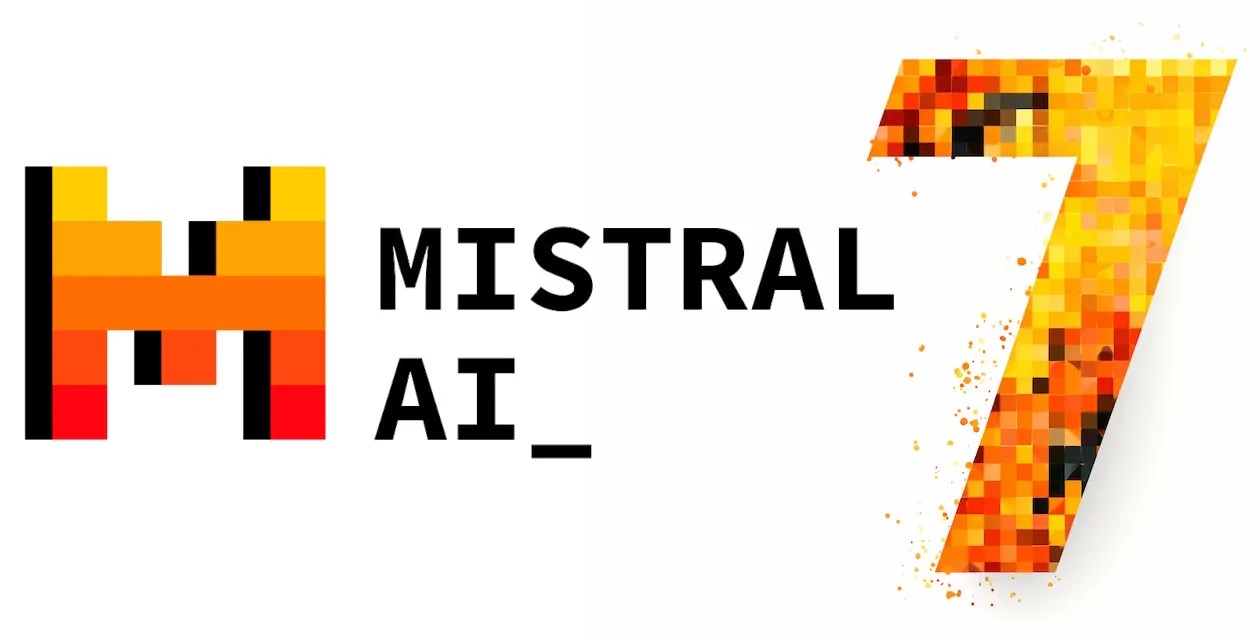
Photo/ Mistral
On multiple evaluation platforms such as Hugging Face and LM-Eval, Mistral's models often rank at the top, especially popular among AI developers and vendors of local deployments.
Apple has always adhered to the route of "end-side operation + privacy protection", and Mistral's small models, high performance, and low power consumption characteristics are the ideal partners for this strategy. If Apple chooses to acquire Mistral, it will not only acquire a model company but also find a "core engine" with long-term training capabilities and open-source flexibility for its Apple Intelligence system.
This will greatly enhance Apple's autonomy in underlying AI capabilities, allowing devices such as iPhone, iPad, and Vision Pro to no longer rely on external models in the long term. Compared to the "leveraging approach" of invoking third-party large models, the advantages brought by Mistral are more focused on long-term capability building and customized control.
Over the past two years, almost all tech giants have redefined their product lines with AI, while Apple has always seemed a step behind, or even a whole beat behind. At the 2024 WWDC, Apple proudly launched Apple Intelligence and the new Siri, intending to reshape the core interactions in the AI era. But the reality is that multiple key functions have yet to be launched, and the new Siri has been directly postponed to 2026. Although Apple Intelligence has officially debuted, it has been widely criticized as "fragmented in functionality and mediocre in experience".
When ChatGPT and Gemini have already penetrated web pages, operating systems, and productivity tools, Apple has clearly missed its own AI market window.
The root of the problem points to Apple's internal strategic positioning and internal obstacles. First and foremost, AI has never formed a clear power center within Apple. Siri belongs to Craig Federighi, Senior Vice President of Software Engineering, AI models are led by the machine learning team headed by John Giannandrea, and service integration falls under Eddy Cue.

John Giannandrea, Photo/ Apple
Such a decentralized management structure could collaborate efficiently in the past when building the iOS ecosystem, but it has become inadequate in the face of tasks like AI that require a unified engineering system and product experience. The team responsible for Siri and the team responsible for model development do not report to the same line, which means that an upgrade in AI capabilities often involves multiple executives, multiple processes, and multiple compromises.
Looking deeper, Apple has a high obsession with the strategic path of "localization + privacy first", which, although in line with its brand philosophy, has also put it in a dilemma when facing explosive demand for AI. On the one hand, it is unwilling to rely entirely on external large models; on the other hand, its own models have not yet gained momentum, ultimately resulting in a compromise solution of "in-house development + ChatGPT", which cannot meet users' expectations for AI experience nor build a sufficiently attractive platform ecosystem with developers.
Apple is also aware of the problem. In April this year, it was revealed that Cook had "lost confidence" in Giannandrea's ability to develop products, and Siri will be taken over by Mike Rockwell, head of Vision Pro and visionOS. At the same time, Craig Federighi advocated for the introduction of third-party open-source large models to accelerate the development of Apple Intelligence.

Mike Rockwell and Craig Federighi, Photo/ Apple
On the other hand, Apple's senior management lacks renewal, and decision-making is clearly slow and conservative. Of course, Apple has also begun to promote the early retirement of a group of senior executives and promote a group of vigorous and capable new senior executives in the past two years. However, from organizational adjustments, technological breakthroughs to platform capability rebuilding, these changes cannot be "embodied" in Apple's current AI in a short period of time. The pace of the AI competition far exceeds Apple's past product rhythm logic.
More crucially, in key areas such as large model training capabilities, inference optimization, and task generalization, Apple has not yet established its own closed-loop capabilities. Even in its proficient field of end-side deployment, insufficient model compression and multimodal capabilities limit the actual implementation of products. Even from published papers, it can be seen that Apple's AI team is relatively pessimistic about the generative AI route.
For this reason, acquiring external teams has become one of the few realistic options for Apple at present. Perplexity can quickly fill the gaps in "front-end capabilities" such as search, Q&A, and interaction; Mistral may become the "base accelerator" for its in-house model capabilities. For today's Apple, this is an opportunity to compensate for its capabilities.
Ultimately, the real problem with Apple's AI is not that its model performance cannot compete with other vendors, but that it has already fallen behind the pace of this AI competition. Acquiring external teams may be Apple's best chance to catch up with this competition again.
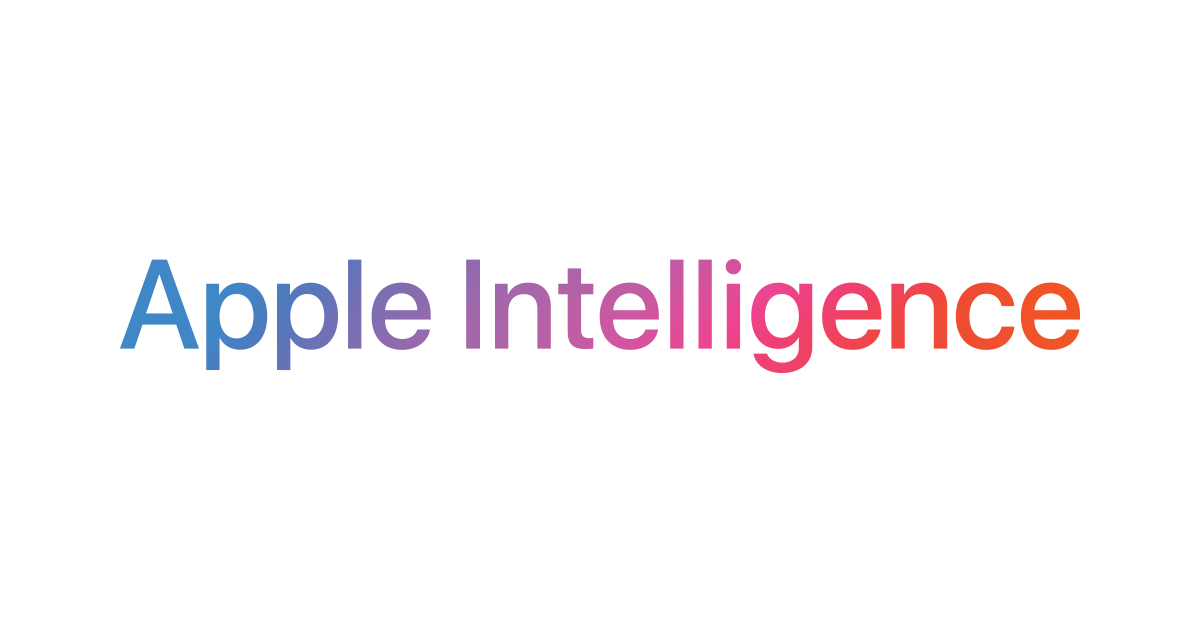
Photo/ Apple
Of course, there is resistance to acquiring Perplexity and Mistral.
Perplexity's valuation has exceeded $14 billion. If the deal is struck, it will be the largest acquisition in Apple's history, facing multiple pressures from shareholders and regulators. Although Mistral is smaller in size, as a star AI enterprise in France, its open-source status and European background may attract strong attention and obstruction from EU regulatory agencies.
More realistically, even if Apple completes the acquisition, whether it can truly integrate external teams and break down internal barriers remains a huge question mark. AI is not a field that can be "made up for" by buying a few companies; the real challenge lies in the reshaping of culture, strategy, and engineering systems.
Apple has fallen behind in the AI race, and acquisitions may be a shortcut, but not necessarily the path to the finish line. More crucially, it is whether it is truly ready for change.
Apple AI Perplexity Mistral Large Model
Source: LeiTech
Images in this article are from: 123RF Licensed Image Library Source: LeiTech





